The Moon has fascinated humans for centuries. From ancient myths to modern science, our celestial neighbor holds many secrets. Here are 24 fascinating facts about the Moon that will ignite your curiosity.
The Moon Is Drifting Away
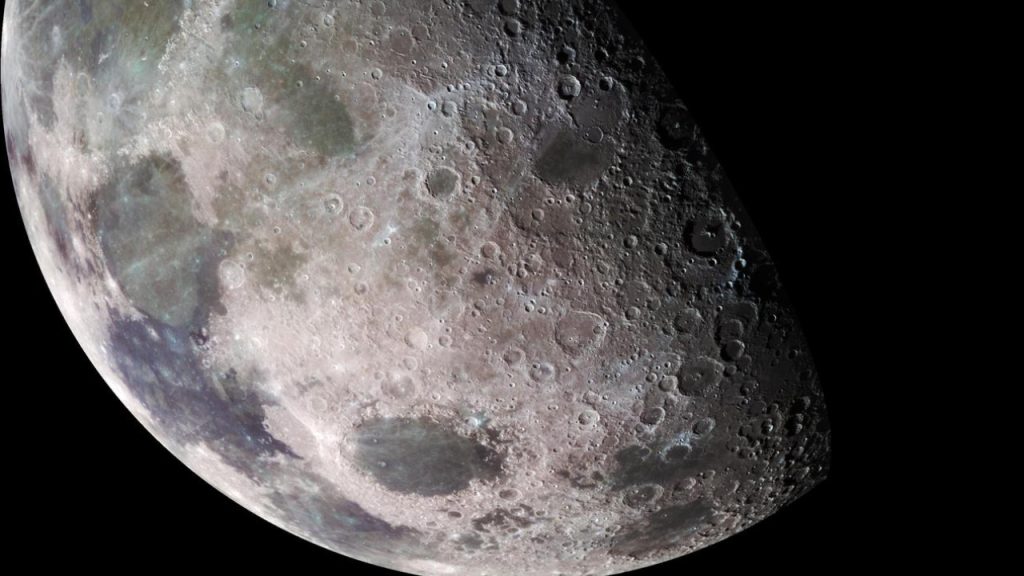
The Moon is slowly moving away from Earth at a rate of about 1.5 inches per year. This phenomenon is due to tidal interactions between the Earth and the Moon. Over millions of years, this drift will change how we see the Moon from our planet. Eventually, the Moon will be too far away to cause total solar eclipses.
There’s Water on the Moon

Scientists have discovered water in the form of ice on the Moon’s surface. These ice deposits are found in permanently shadowed craters at the poles. This discovery is significant because it means future lunar missions could use this water for drinking and making rocket fuel. It also hints at the possibility of life-supporting resources on other celestial bodies.
The Moon Influences Earth’s Tides
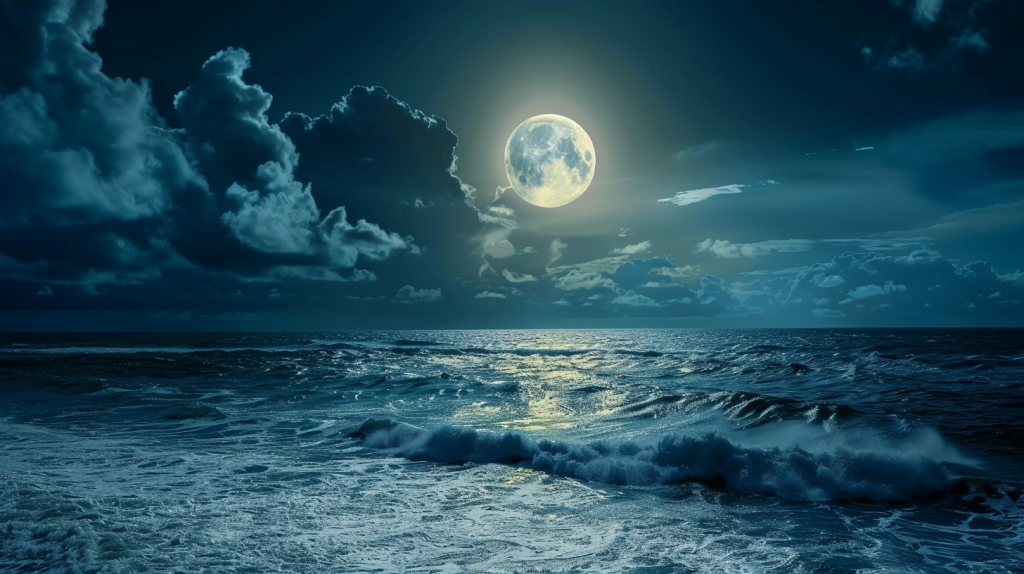
The gravitational pull of the Moon is the primary force behind Earth’s tides. The Moon’s gravity causes the oceans to bulge out on the side facing the Moon and the opposite side. This creates high and low tides as Earth rotates. The Sun also affects tides, but to a lesser extent.
The Moon Has Volcanic Activity
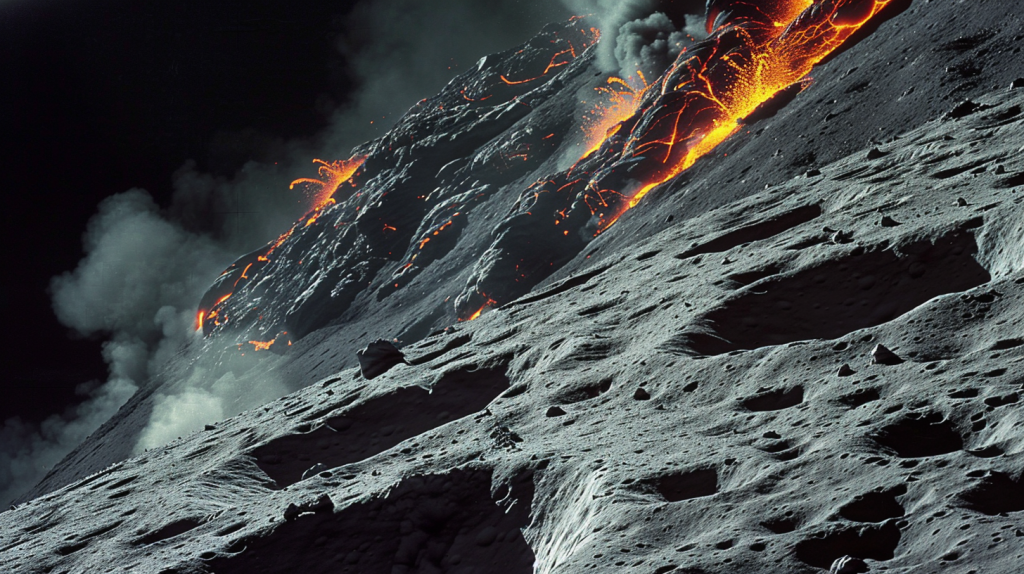
Although the Moon is not volcanically active today, it was in the past. Evidence of ancient volcanic activity can be seen in the vast plains known as maria. These dark, basaltic plains were formed by lava flows billions of years ago. Understanding lunar volcanism helps scientists learn more about the Moon’s geological history.
The Moon Was Formed from a Giant Impact

The leading theory about the Moon’s origin is the giant impact hypothesis. This theory suggests that the Moon formed from debris after a Mars-sized object collided with Earth. This impact occurred around 4.5 billion years ago. The debris eventually coalesced to form the Moon we see today.
The Moon Has Mountains and Valleys
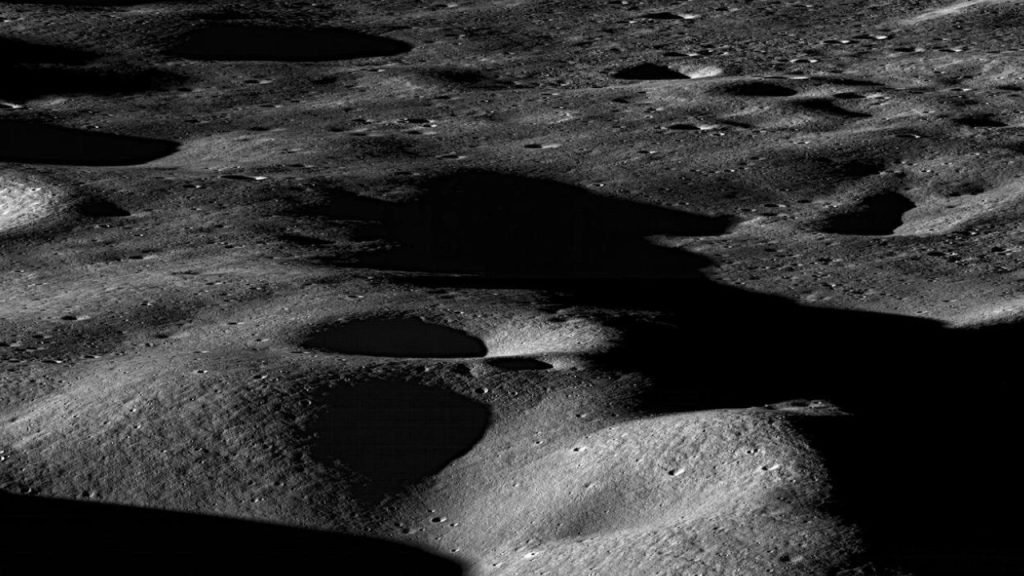
The Moon’s surface features a diverse landscape of mountains, valleys, and craters. Some of its mountains, such as Mons Huygens, are comparable in height to Earth’s tallest peaks. These features were formed by various geological processes, including impacts and volcanic activity. The rugged terrain provides clues about the Moon’s history.
The Moon’s Phases Influence Human Culture
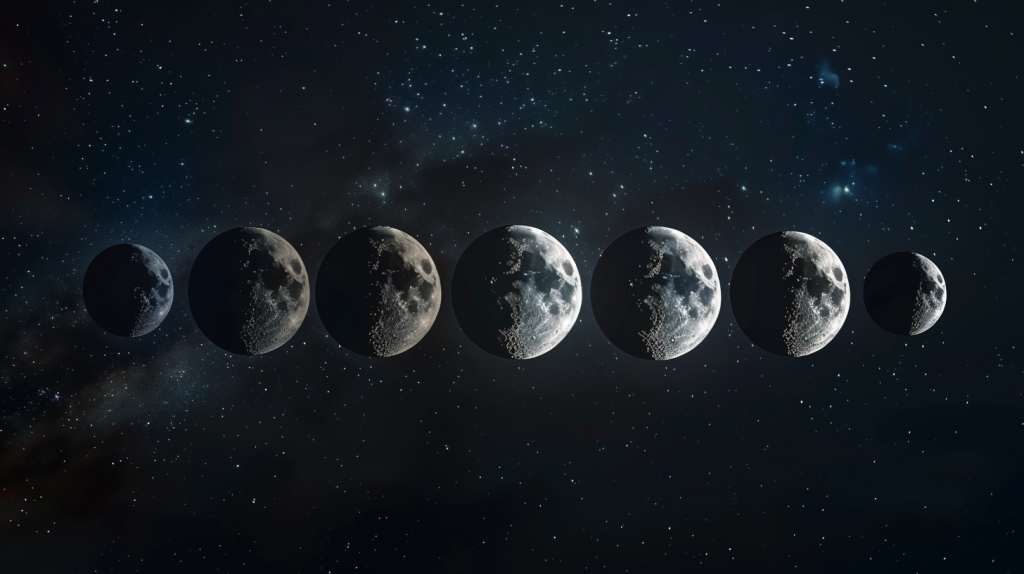
Throughout history, the phases of the Moon have influenced human culture and behavior. Many cultures have lunar calendars based on the Moon’s cycles. Folklore and traditions often revolve around full moons and eclipses. The Moon’s phases are also important in agriculture, fishing, and other activities.
The Moon Has Been Visited by Humans
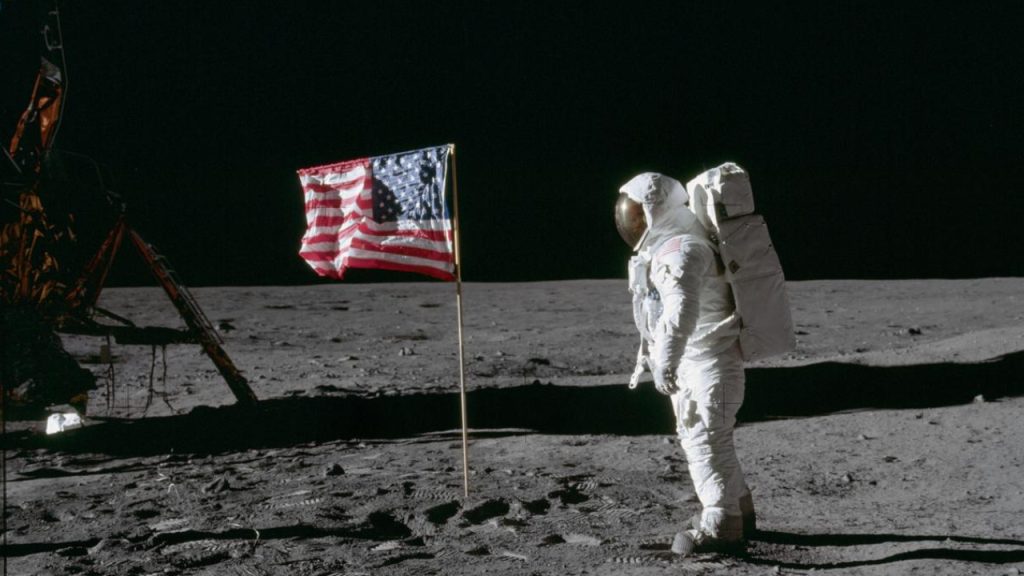
The Moon is the only celestial body beyond Earth where humans have set foot. The first manned mission was Apollo 11 in 1969, when Neil Armstrong and Buzz Aldrin walked on the lunar surface. In total, 12 astronauts have walked on the Moon during the Apollo missions. These missions provided valuable scientific data and inspiring moments in human history.
The Moon Has Lunar Eclipses
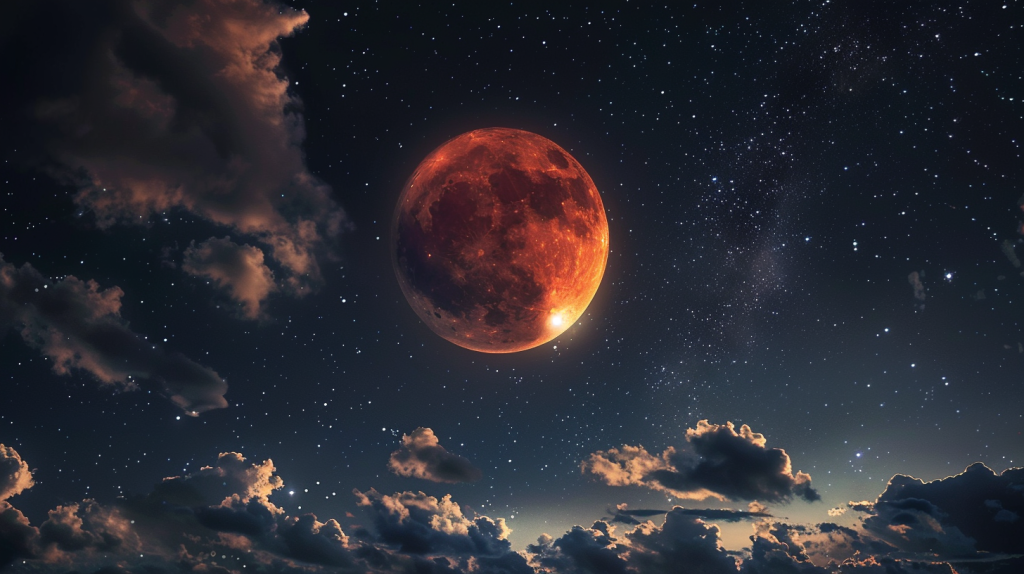
A lunar eclipse occurs when Earth passes between the Sun and the Moon, casting a shadow on the Moon. There are three types of lunar eclipses: total, partial, and penumbral. During a total lunar eclipse, the Moon can appear reddish due to Earth’s atmosphere scattering sunlight, creating a “blood moon.”
The Moon Helps Stabilize Earth’s Axis

The Moon plays a critical role in stabilizing Earth’s axial tilt. This stability helps maintain a relatively consistent climate over long periods. Without the Moon, Earth’s tilt could vary wildly, leading to extreme climatic changes. This stability has been crucial for the development of life on Earth.
The Moon’s Gravity Affects Time
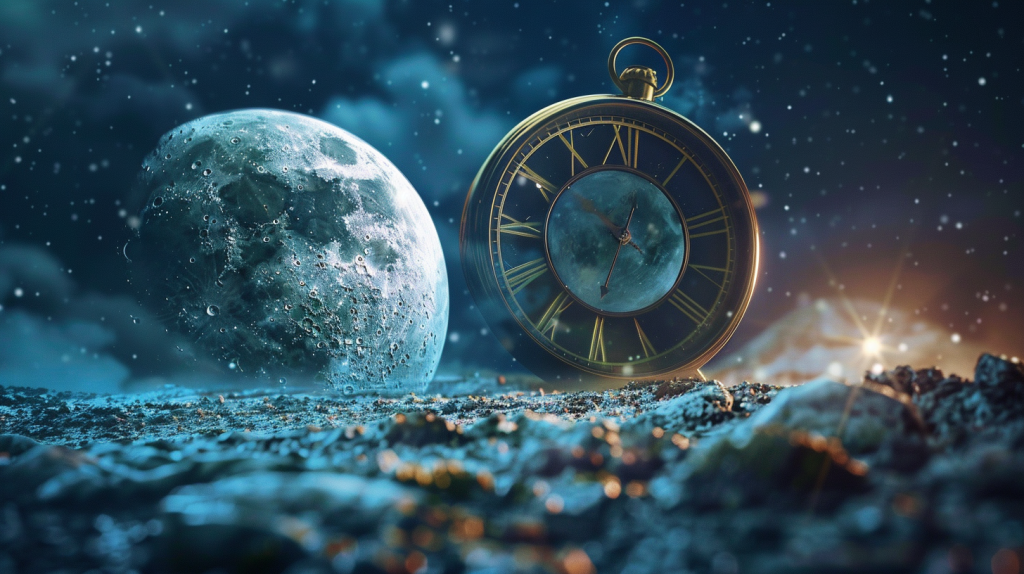
The Moon’s gravity influences time on Earth through tidal friction. This interaction causes Earth’s rotation to gradually slow down, lengthening our days. Over millions of years, this effect has led to longer days and changes in the length of a year. The Moon’s gravity also affects the precise timing of Earth’s orbit.
The Moon Is a Source of Inspiration

Throughout history, the Moon has been a source of inspiration for artists, poets, and scientists. It has been featured in countless works of literature, music, and art. The Moon continues to inspire exploration and scientific inquiry, reminding us of the vastness and beauty of the cosmos.
Ellen has been obsessed with logic puzzles, jigsaws, and cryptograms since she was a kid. After learning she was taught how to play chess wrong by a family friend (so they could win), she joined her school chess club and the rest is history.

